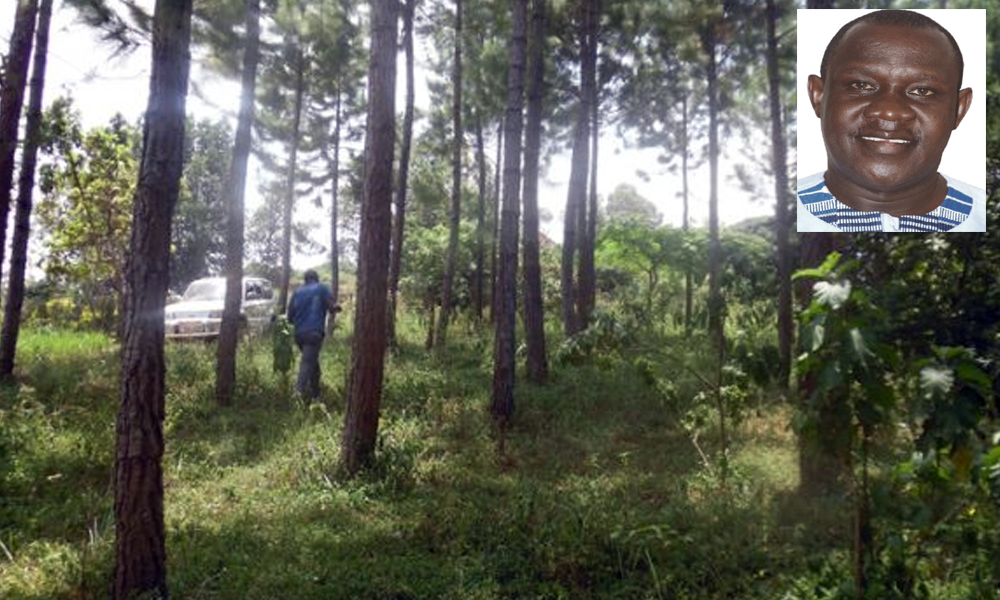By Leonard Okello
Capital growth in cooperatives is an important strategy for medium and long-term development. However, many cooperatives in Africa are devoid of realizing this. Often times the ones that make profits share dividends and equally provide for retained earnings which is largely invested in short term investments placing the cooperative at risk of undercapitalization. This situation is attributed to factors such as limited investment opportunities and low risk appetite based on what the cooperatives know has worked in the past.
Amongst the least chosen options is commercial forestry yet it could present a viable business opportunity for the cooperatives. The demand for timber has increased over the years because of the rise in the construction industry which has commercial value for timber. Moreover, timber is a key raw material for various industries including among others, carpentry and joinery, construction, energy, paper manufacturing and fuel. Timber supply is dwindling due to upsurge in population growth rates which poses a threat to global forest cover. According to the National Forestry Authority, forest cover in Uganda had reduced by approximately 1.3 million hectares in the last 15 years. With increasing demand for timber and unmatched supply, herein lies the business opportunity.
The initial investment cost in commercial forestry is very low. On average a tree seedling costs 300 Shillings. Because many cooperatives already own agricultural land, this makes it an easy investment. The maintenance costs on pesticides, fertilizers and labour are on the lower side. Yet the returns are profitable. Fully mature, a hectare of trees can yield approximately 800 million shillings.
Tree species like the Grevillea grow well with crops, in fact the Grevillea is known to be a soil improver. It sheds abundant quantities of high quality leaf mulch covering up to 30-40 cm. Grevillea is also a Nitrogen fixer often used in reclamation of degraded soils. Because of its expansive canopy, the Grevillea is an excellent shade provider in tea and coffee plantations. It also has a deep rooting system that does not interfere with crop growth. Grevillea has enormous commercial potential. Its wood has high calorific value and is therefore suitable for fuel production. Grevillea yields good quality timber and its wood is suitable for pulping. Purchasing land for commercial forestry is a plus because timber is an asset and the value of land appreciates with timber on it.
Very importantly, Concern for Community is a key principle for cooperatives. This means that cooperatives are social enterprises that should continually contribute to community growth and development. In recent times Uganda has experienced drought in many parts for the country especially in the cattle corridor. The drought has culminated in to death of a large number of livestock, reduced crop yields, food shortage, and famine. It is a known fact that trees help in rainfall formation, therefore the decline in forest cover is partly to blame for the drought crisis. Increased forest cover will mitigate the adverse effects of desertification.
Timber trees take between three to twenty years depending on the use intended it is intended for, which means that if a cooperator chose to invest in tree planting for the future education children the trees would mature and be ready for high quality timber at a time when the rather expensive university education is approaching. Your Children’s university education can be guaranteed with selling timber form your tree farm. Therefore, in considering long term investment options, diversification into commercial forestry provides a viable solution because it yields high returns while contributing to conservation of our environmental.
